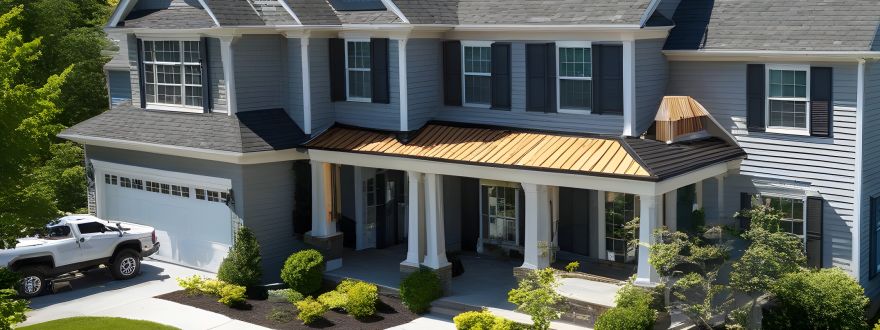
Understanding the Insurance Landscape
In the ever-evolving landscape of home and auto insurance, it's crucial to stay informed about the latest trends and challenges. The insurance industry is no stranger to crises, and as policyholders, we find ourselves navigating through uncertainties that can impact our coverage. This article aims to shed light on the current insurance crisis and provide actionable insights on how to safeguard and maintain your coverage effectively.
Rising Premiums: Unraveling the Dilemma
One of the primary concerns contributing to the insurance crisis is the soaring premiums. Policyholders are grappling with the burden of increased costs, often without a clear understanding of the factors driving this surge. In this section, we dissect the elements influencing rising premiums and propose strategies to mitigate their impact.
Factors Driving Premium Increases
- Market Trends: Fluctuations in the market can directly affect insurance premiums. Understanding these trends is crucial for anticipating potential hikes and planning accordingly.
- Claims History: Insurance companies closely examine your claims history. A record of frequent claims may lead to increased premiums. Exploring ways to minimize claims or consolidate coverage can be a strategic approach.
- External Risks: Natural disasters and external risks play a pivotal role in premium adjustments. Being aware of the geographical risks associated with your location can help you make informed decisions about your coverage.
Strategies to Combat Premium Hikes
- Regular Policy Review: Periodically reviewing your insurance policy allows you to identify unnecessary coverage and make adjustments based on your current needs.
- Bundling Policies: Consolidating your home and auto insurance under one provider often results in cost savings. Insurers frequently offer discounts for bundled policies, providing an effective way to manage rising premiums.
- Risk Mitigation Measures: Implementing risk mitigation measures, such as installing security systems in your home or participating in safe driving courses, can positively influence premium rates.
Navigating Coverage Gaps
The insurance crisis has also brought to light the issue of coverage gaps, leaving policyholders vulnerable to unforeseen circumstances. Understanding the intricacies of your policy and addressing potential gaps is essential for comprehensive protection.
Identifying Coverage Gaps
- Policy Exclusions: Carefully examine policy exclusions to ensure you are aware of scenarios not covered by your insurance. This awareness enables you to explore supplemental coverage where needed.
- Underinsured Areas: Certain areas of your home or aspects of your vehicle may be underinsured. Regularly reassess your coverage to identify and address potential gaps in protection.
Closing Coverage Gaps Effectively
- Consulting with an Expert: Seeking advice from insurance professionals can provide valuable insights into potential coverage gaps. They can guide you in selecting policies that offer comprehensive protection tailored to your needs.
- Policy Add-Ons: Explore policy add-ons that address specific concerns. These supplementary coverages can fill gaps and enhance your overall protection without the need for extensive policy changes.
The Road Ahead: Proactive Insurance Management
As we navigate the complexities of the insurance crisis, proactive management of our policies becomes paramount. Staying ahead of industry changes and being proactive in addressing potential issues can significantly impact the sustainability of your coverage.
Proactive Policy Management Strategies
- Regular Communication with Insurer: Maintain open communication with your insurance provider. Being proactive in sharing changes in your circumstances or addressing concerns allows for timely adjustments to your policy.
- Annual Policy Review Ritual: Cultivate the habit of conducting an annual policy review. This practice ensures that your coverage aligns with your current needs and helps you stay ahead of any potential issues.
Conclusion
In conclusion, understanding the nuances of the home and auto insurance crisis empowers policyholders to take control of their coverage. By addressing rising premiums, identifying and closing coverage gaps, and adopting proactive policy management strategies, individuals can navigate the insurance landscape with confidence. Stay informed, stay proactive, and ensure that your coverage remains robust in the face of industry challenges.

